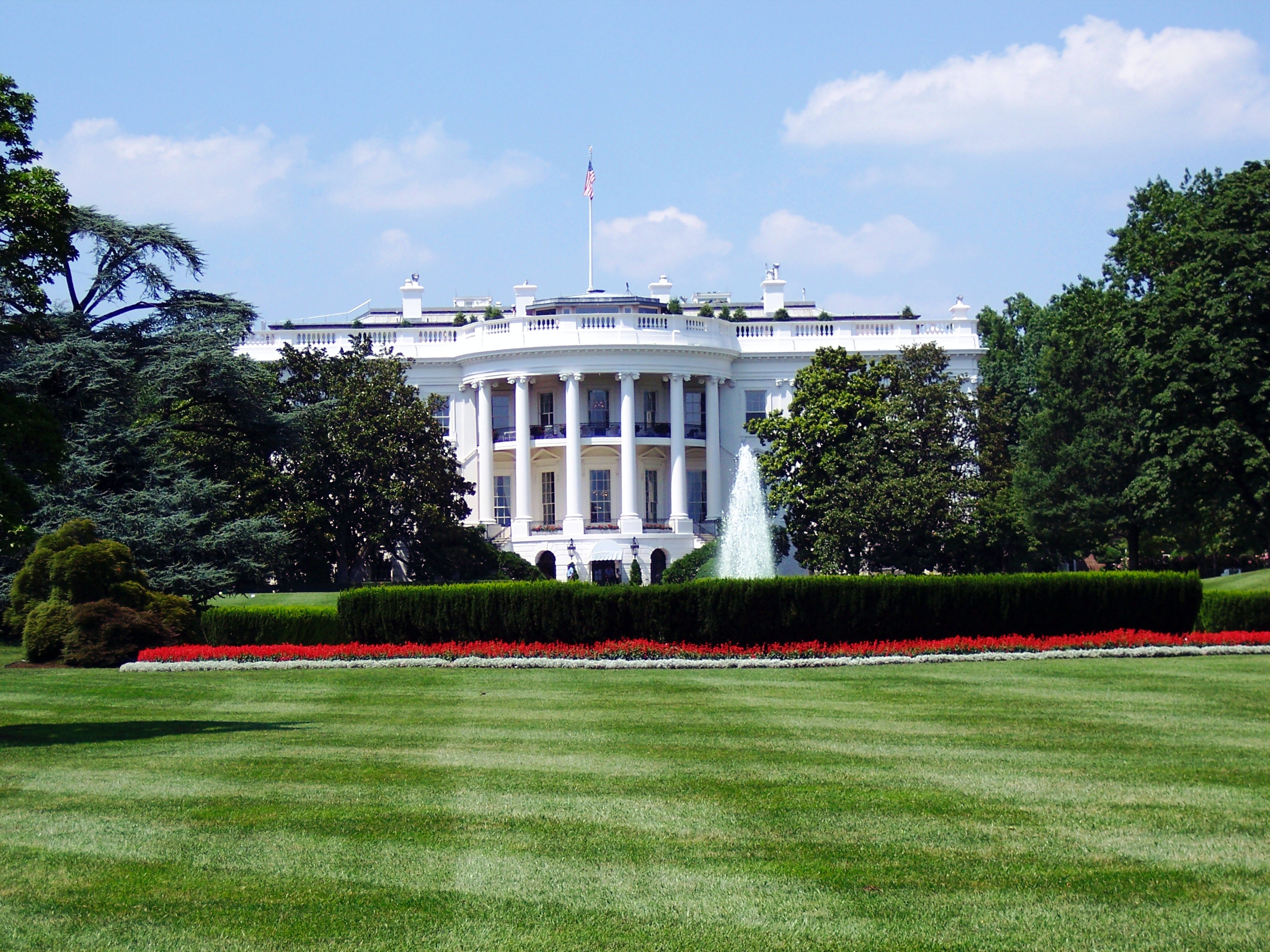Author: Ethan Rice
-
Signatures submitted for measure that would raise Oklahoma’s minimum wage
Posted on
Welcome to the Tuesday, July 23, 2024, Brew. By: Ethan Rice Here’s what’s in store for you as you start your day: Signatures submitted for measure that would raise Oklahoma’s minimum wage The campaign Raise The Wage Oklahoma submitted roughly 180,000 signatures on July 15 to the secretary of state for State Question 832. If…
-
Massachusetts has the fewest number of contested state legislative primaries in 2024, while Wisconsin has the most
Posted on
Welcome to the Tuesday, July 16, 2024, Brew. By: Ethan Rice Here’s what’s in store for you as you start your day: Massachusetts has the fewest number of contested state legislative primaries in 2024, while Wisconsin has the most Twenty-six states have held state legislative primaries, and 19 have yet to hold primaries. Since 2010,…
-
Trifecta changes in 2022 and what to expect in 2024
Posted on
Welcome to the Tuesday, July 9, 2024, Brew. By: Ethan Rice Here’s what’s in store for you as you start your day: Trifecta changes in 2022 and what to expect in 2024 In our annual trifecta vulnerability report, Ballotpedia projects the chances of state government trifectas breaking and forming. Today, let’s take a look back…
-
Rhode Island becomes 22nd state to enact a readability requirement for ballot measure questions
Posted on
Welcome to the Tuesday, June 25, 2024, Brew. By: Ethan Rice Here’s what’s in store for you as you start your day: Rhode Island becomes 22nd state to enact a readability requirement for ballot measure questions In Rhode Island, a new law requires that ballot measure questions be written in plain language and reasonably calculated…
-
Biden has appointed 201 federal judges through June 1 of his fourth year
Posted on

President Joe Biden (D) has appointed and the Senate has confirmed 201 Article III federal judges through June 1, 2024, his fourth year in office. This is the most Article III judicial appointments through this point in all presidencies since Ronald Reagan (R). The Senate had confirmed 197 of President Donald Trump’s (R) appointees at…
-
What’s on the ballot in South Carolina’s primaries
Posted on
Welcome to the Tuesday, June 11, 2024, Brew. By: Ethan Rice Here’s what’s in store for you as you start your day: What’s on the ballot in South Carolina’s primaries South Carolina is holding primaries for congressional and local offices on Tuesday, June 11. Voters will decide primaries for seven U.S. House districts. Currently, Republicans…
-
Deep dive into understanding campaign finance regulation differences for candidate elections vs ballot measures
Posted on
Welcome to the Tuesday, June 4, 2024, Brew. By: Ethan Rice Here’s what’s in store for you as you start your day: Deep dive into understanding campaign finance regulation differences for candidate elections vs ballot measures On June 2, Ohio Gov. Mark DeWine (R) signed OH HB1, a bill prohibiting foreign nationals from donating to…
-
June’s first primaries – previewing Iowa
Posted on
Welcome to the Tuesday, May 28, 2024, Brew. By: Ethan Rice Here’s what’s in store for you as you start your day: June’s first primaries – previewing Iowa Five states will hold primary elections on Tuesday, June 4. We’ll be previewing each of these primaries, starting with Iowa. Iowa is holding primaries for its four…
-
A closer look at today’s elections in 11 states
Posted on
Welcome to the Tuesday, May 21, 2024, Brew. By: Ethan Rice Here’s what’s in store for you as you start your day: A closer look at today’s elections in 11 states As the 2024 primary season continues, 11 states are holding primaries and elections today, including presidential, state legislative, special elections, recalls, judicial elections, and…
-
Voting trends in the country’s richest and poorest counties
Posted on
Welcome to the Tuesday, May 14, 2024, Brew. By: Ethan Rice Here’s what’s in store for you as you start your day: Voting trends in the country’s richest and poorest counties Ballotpedia reviewed voting patterns from 2016-2022 of the 50 richest and 50 poorest counties in the United States to look at how partisanship and…

